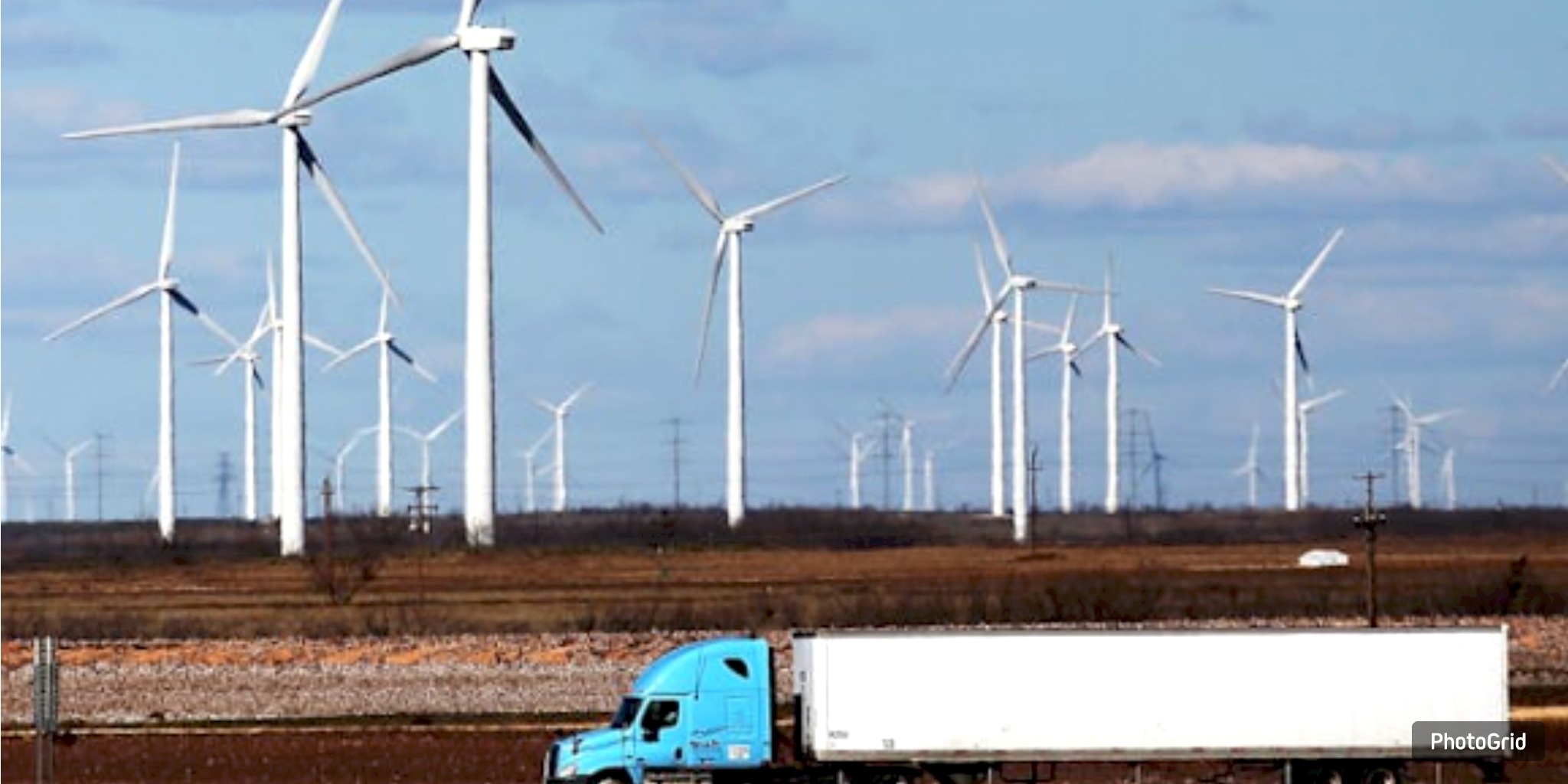Texas could lose 77 GW in planned renewable energy capacity after Trump’s new law ends key federal tax credits, raising power costs and slowing the energy transition.

Texas, recognized for its leadership in renewable energy, may experience a significant drop in new clean energy initiatives following the signing of the “One Big Beautiful Bill” by President Donald Trump on July 4. Experts in the field indicate that the extensive changes in legislation, which eliminate crucial federal tax incentives for wind and solar energy, may significantly reduce future electricity availability, increase energy costs, and hinder the state's shift towards more sustainable power sources.
The core of the legislation focuses on the rapid elimination of clean energy incentives that were established under President Joe Biden’s 2022 Inflation Reduction Act, which played a significant role in driving unprecedented growth in wind and solar projects. The elimination of those tax credits is anticipated to undermine the financial justification considerably for new projects, particularly in Texas, the leading state in the nation for renewable capacity.
“We are, in essence, undermining these projects,” stated Harry Godfrey of Advanced Energy United, a national clean energy trade organization. In the absence of those subsidies, developers may face significant challenges in securing funding or could potentially abandon their projects entirely.
Modeling from the think tank Energy Innovation suggests that Texas may forfeit up to 77 gigawatts of new power capacity in the coming decade—a quantity sufficient to supply energy to over 19 million homes. The state's projections have shifted dramatically, with an anticipated addition of only 27 gigawatts by 2035, a significant decrease from the previously expected 104 gigawatts. “Texas stands out as the most significant underperformer,” stated Dan O’Brien, senior analyst at the organization. Florida comes in at number two, anticipating a loss of 50 gigawatts.
The effect is particularly notable considering the swift growth of renewable infrastructure in Texas over the past few years. Recently, the state's clean energy advocates achieved a significant victory by halting proposed legislation that aimed to limit solar and wind development. They cautioned that such restrictions could lead to higher electricity costs and a greater risk of blackouts.
However, at the federal level, those same concerns did not manage to influence lawmakers. Republicans focused on various elements of the bill, such as tax reductions and stricter immigration measures, rather than preserving subsidies for green energy. Trump, who has consistently opposed renewable energy sources, has often dismissed them as “unreliable” and “foreign-controlled.”
The removal of crucial incentives presents a significant challenge for clean energy developers and consumers, impacting not only Texas but also the rapidly evolving energy scene across the country.
.jpg)
Texas Attorney General Ken Paxton has opened a sweeping review of nearly 1,000 cities to determine whether they comply with state audit and financial transparency laws under Senate Bill 1851. Attorney General Ken Paxton has already ordered several cities to halt unlawful tax increases, and he may add more municipalities to the investigation.
.jpg)
Houston-area employees at Woodlands Specialty Hospital report going weeks without pay, forcing some to sell personal belongings and search for new jobs. The hospital blames the issue on redirected insurance payments.
.png)
Dozens of new Texas laws take effect beginning in December, including the end of the STAAR test, over-the-counter access to ivermectin, and a law allowing private citizens to sue manufacturers who ship abortion pills. January will bring additional rules affecting app stores and immigration enforcement.